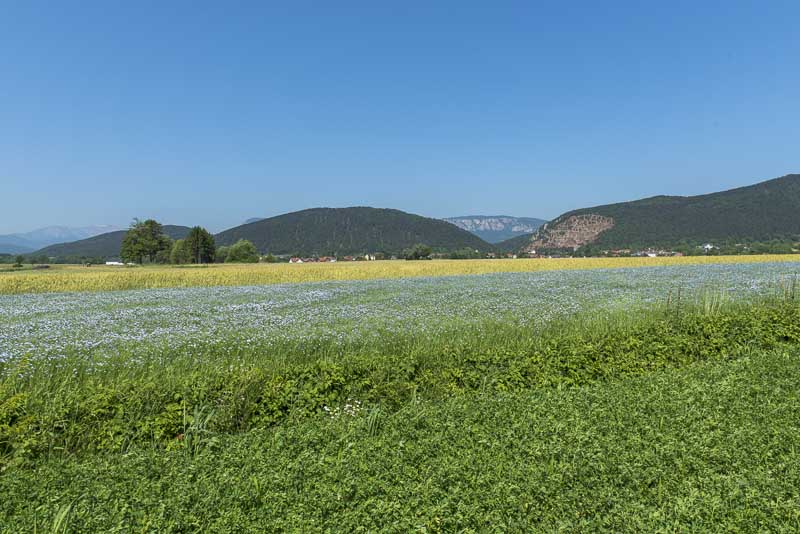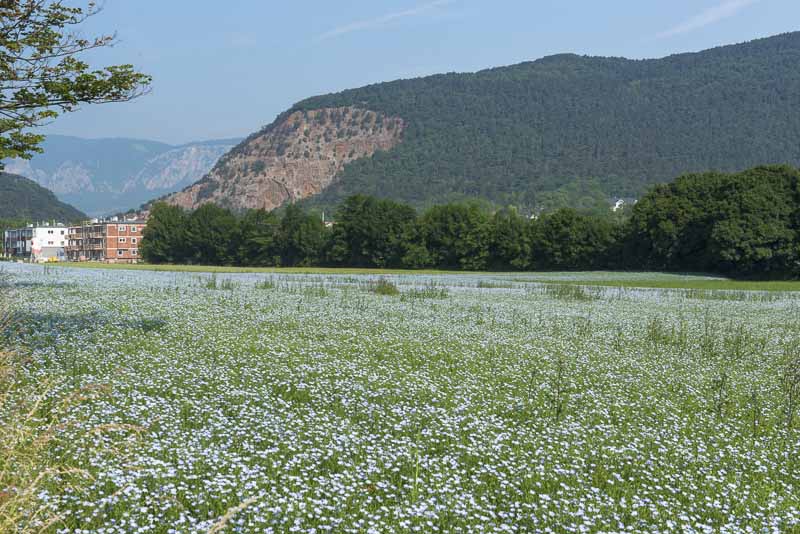
Blumen bei Bad Fischau 19./20.6.2013
It has become so hot, that longer walks are nearly impossible. However, Herwig Gießwein has described me a place where bee orchids are growing. SO, I decide to have a look, because they may be withered in short time becasue of the heat. I start at 9 a.m., tzhe temperature now is even 27 °C.

Immediately after Winzendorf I have my first stop to admire the flax fields.
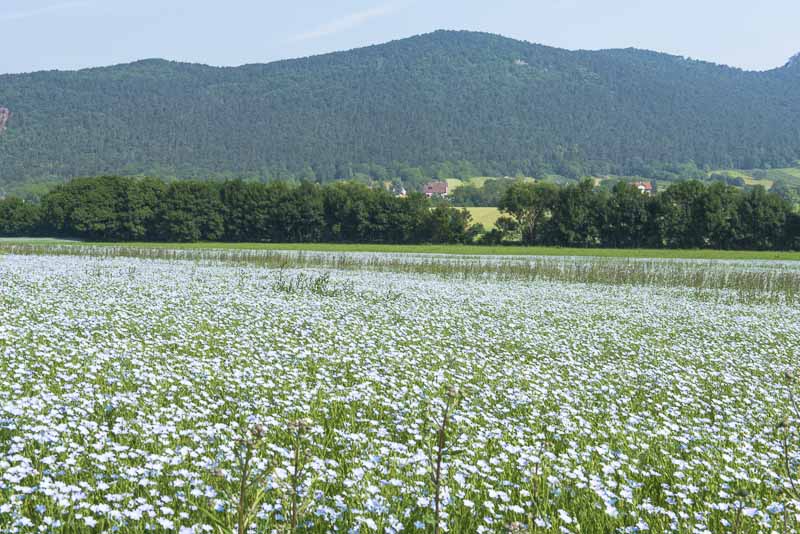
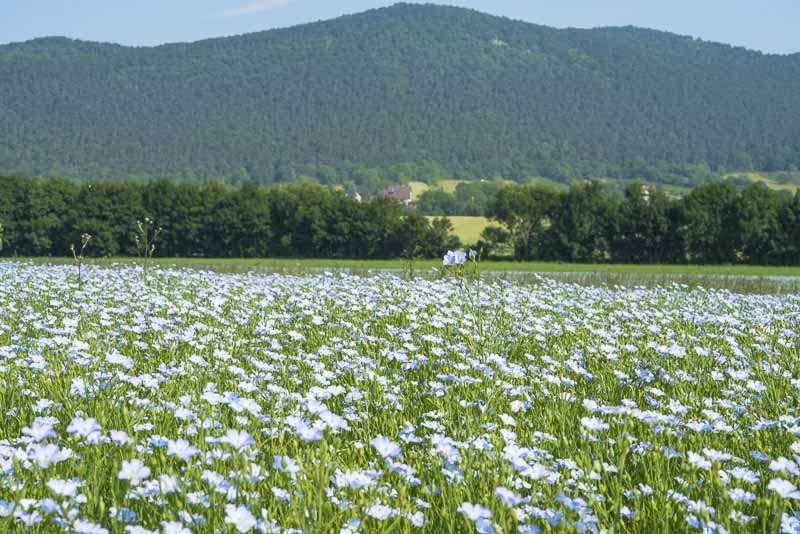
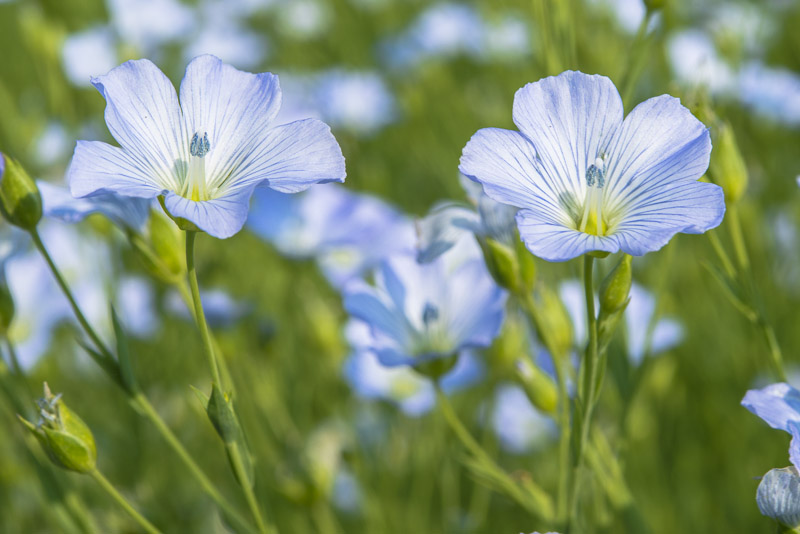
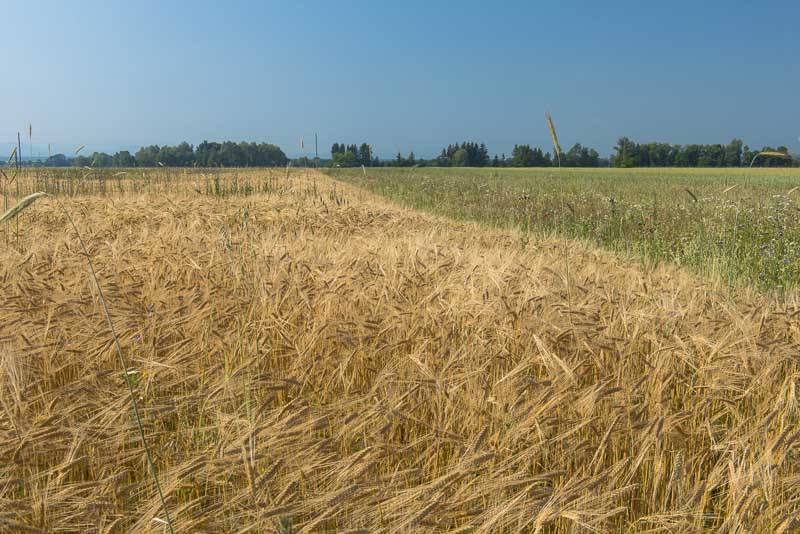
Other grain will be ripe soon.
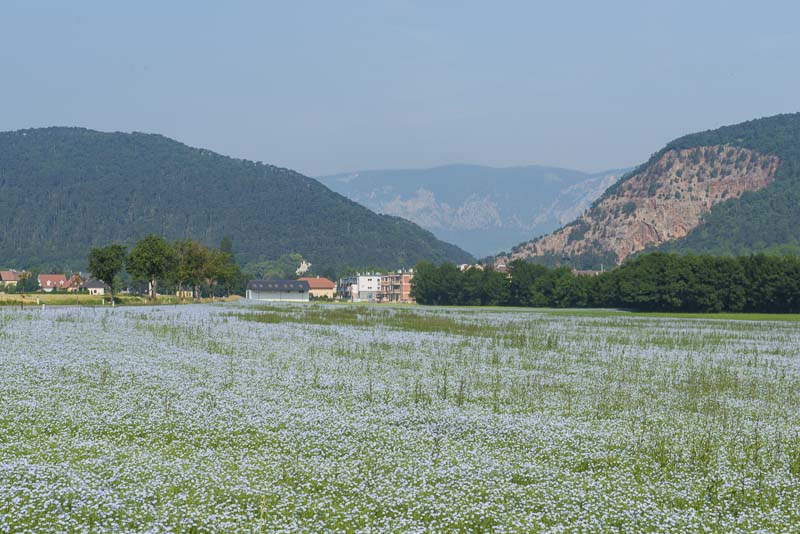
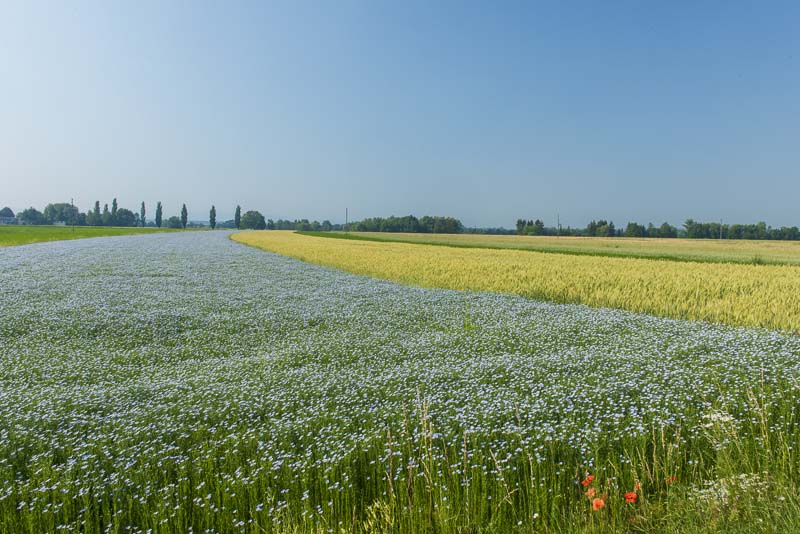
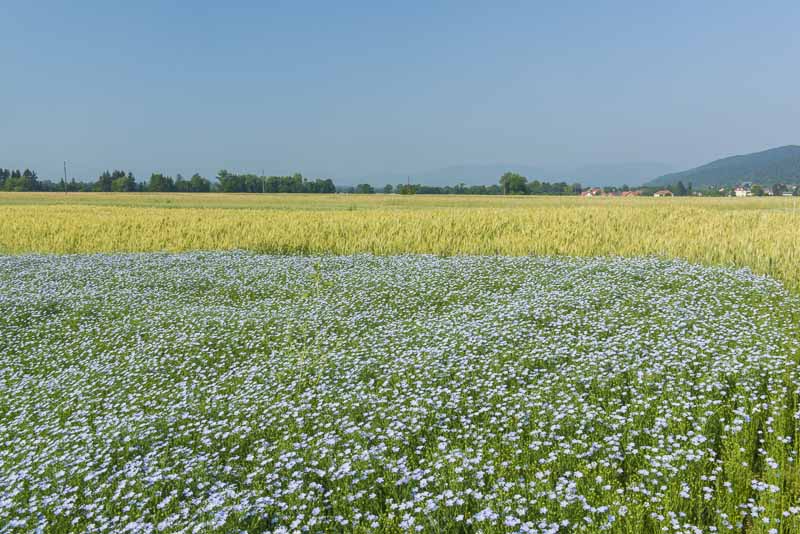
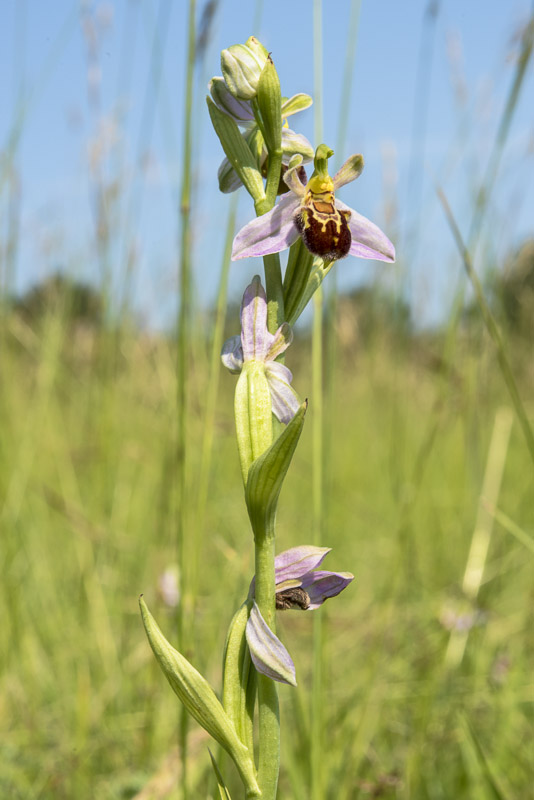
It was a good hint from Herwig, I find the place without a problem. On a nice grassland, I find about 20 to 30 bee orchids (Ophrys apifera) in several different places.
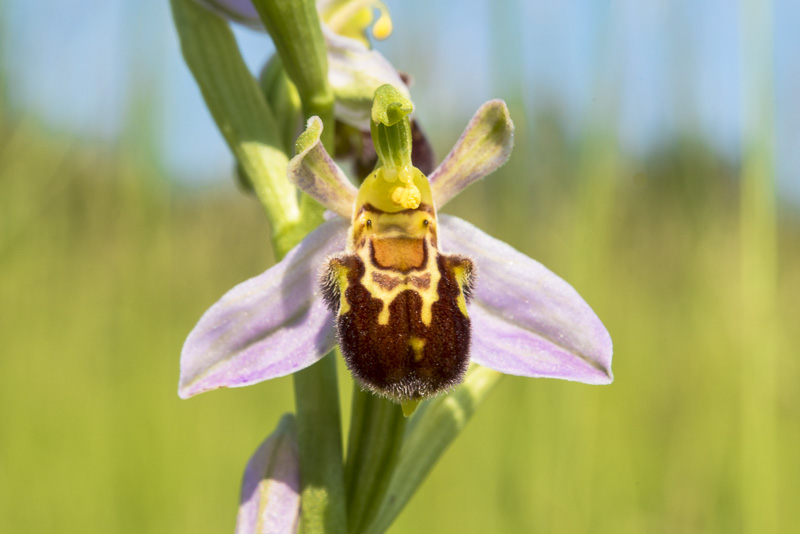
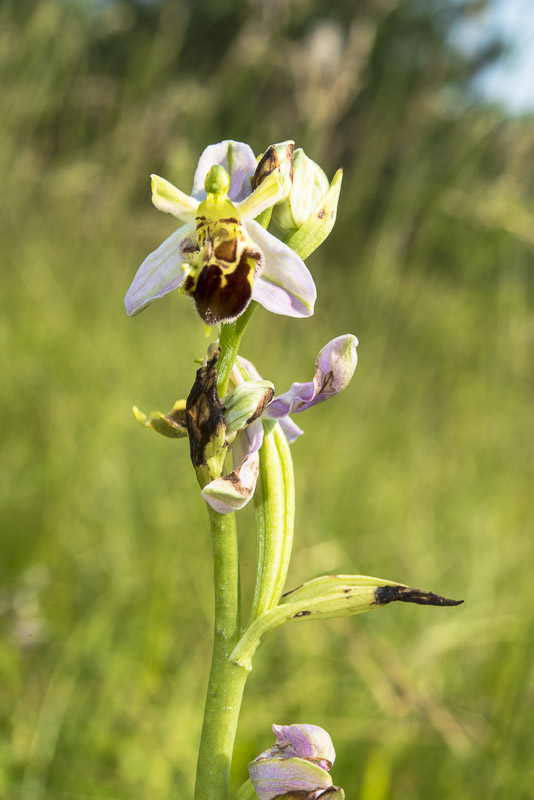
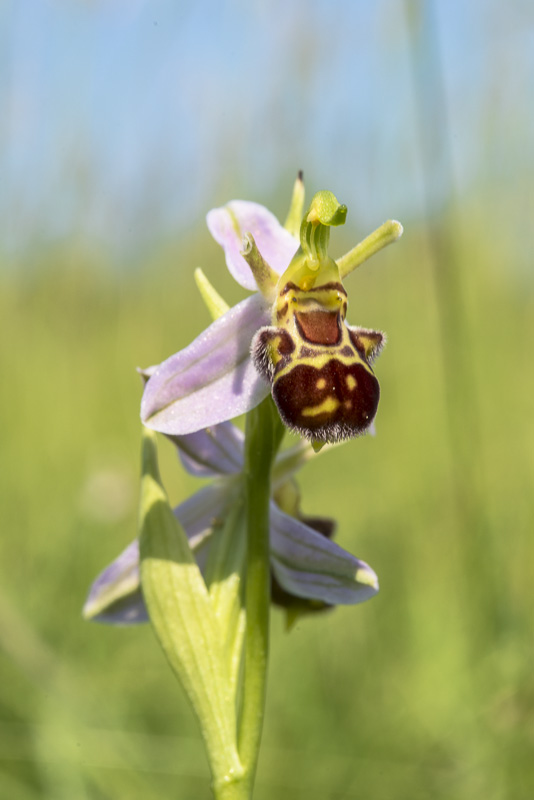
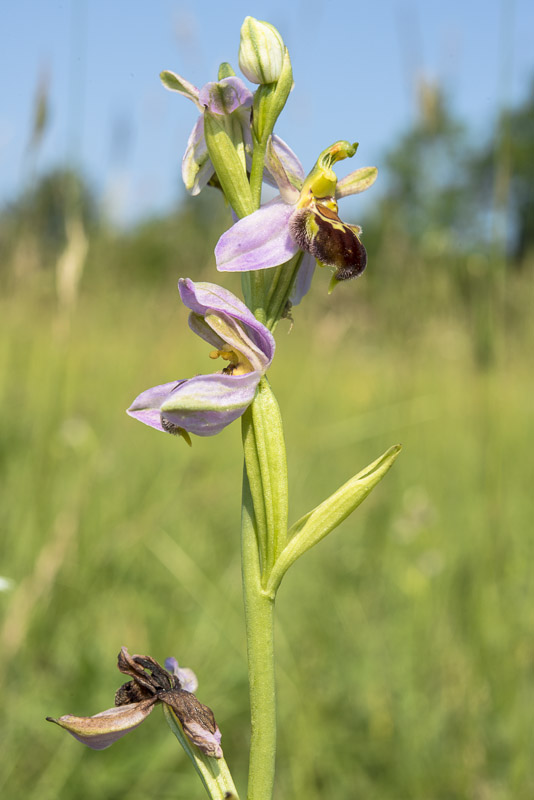
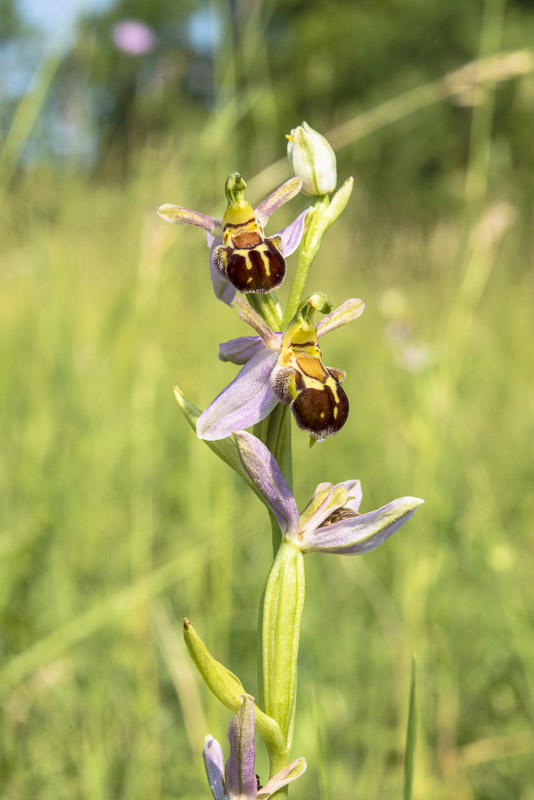
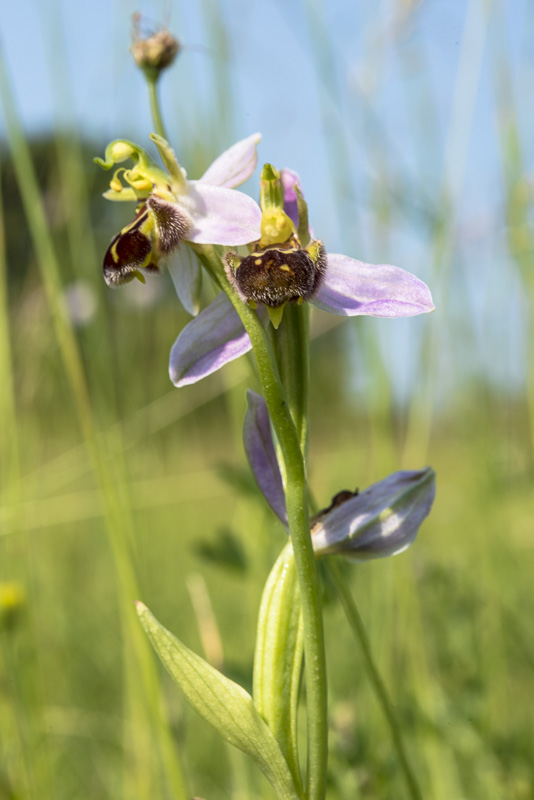
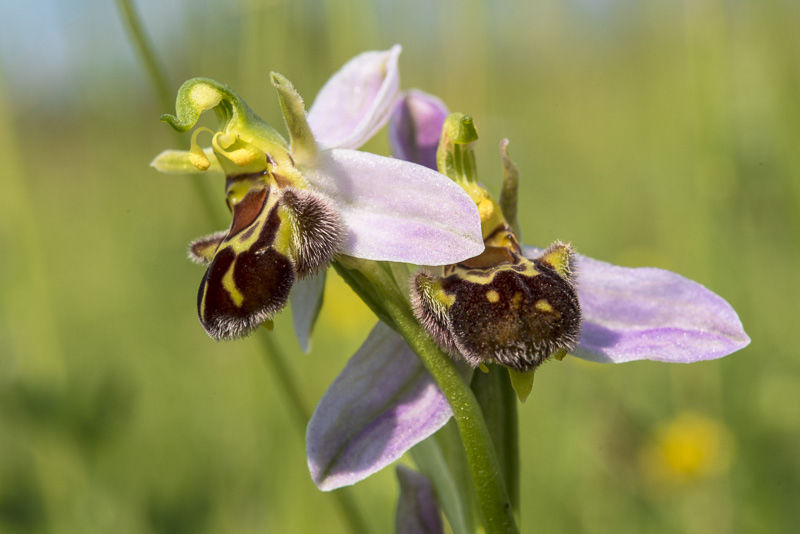
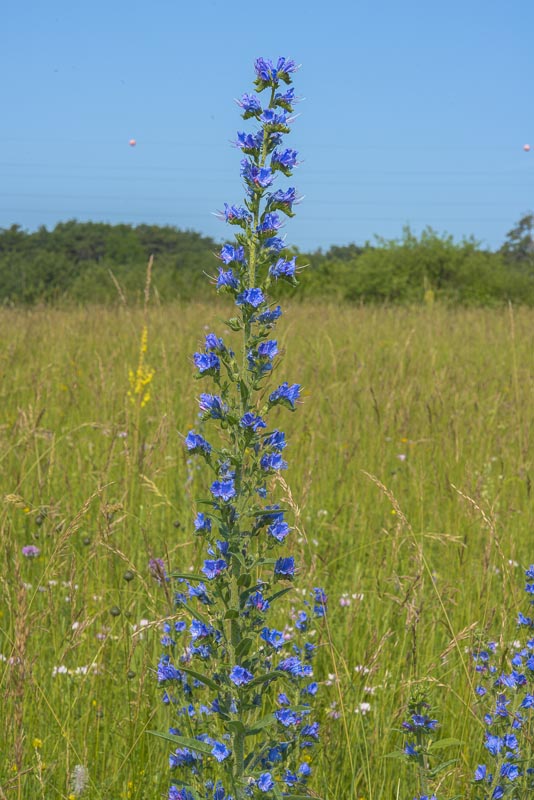
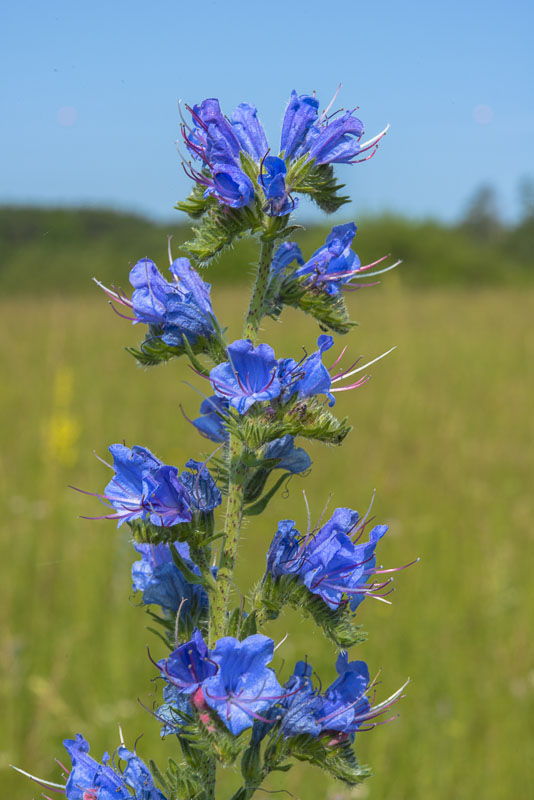
Blueweed (Echium vulgare)
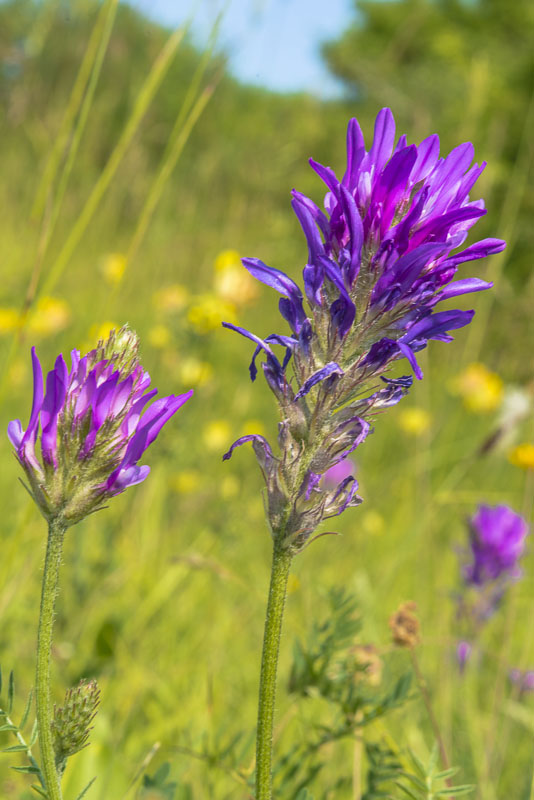
Sainfoin Milkvetch (Astragalus onobrychis)
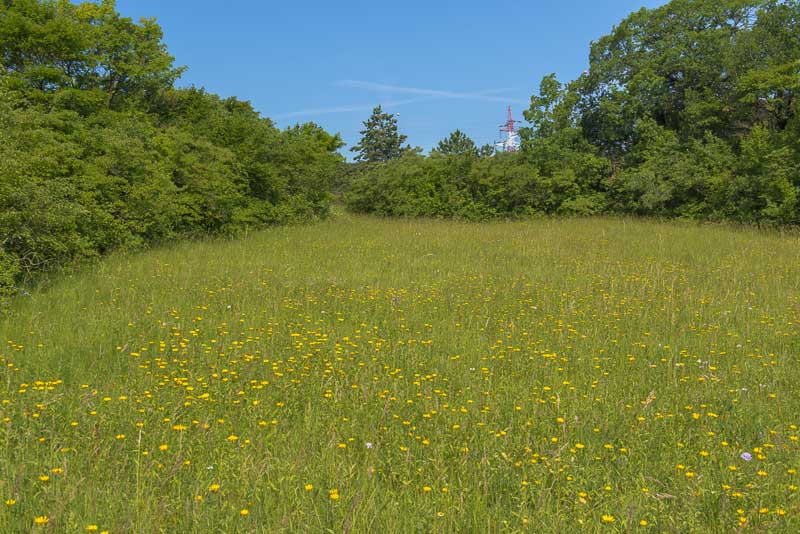
Nice grassland, btw.
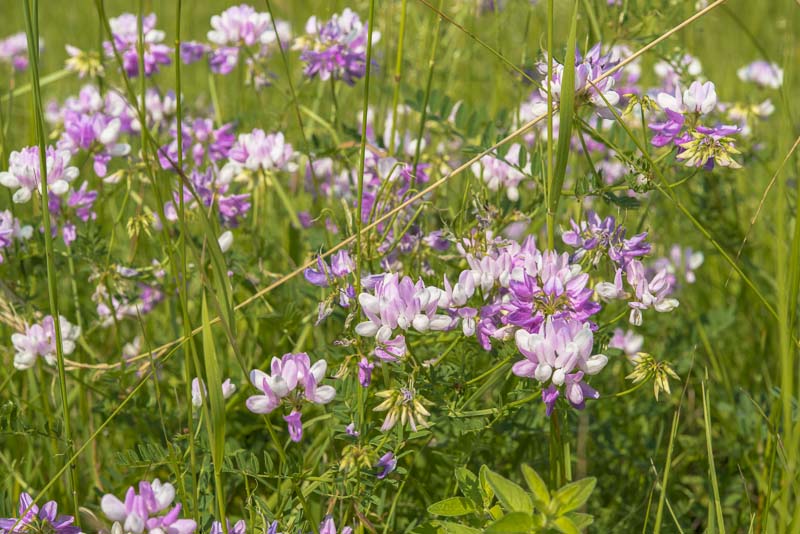
Purple Crown vetch (Securigera varia)
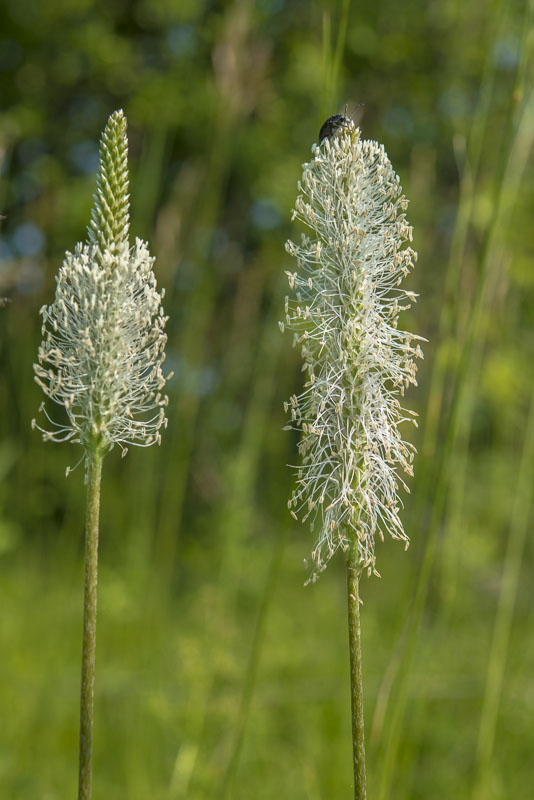
Broadleaf plantain (Plantago major)
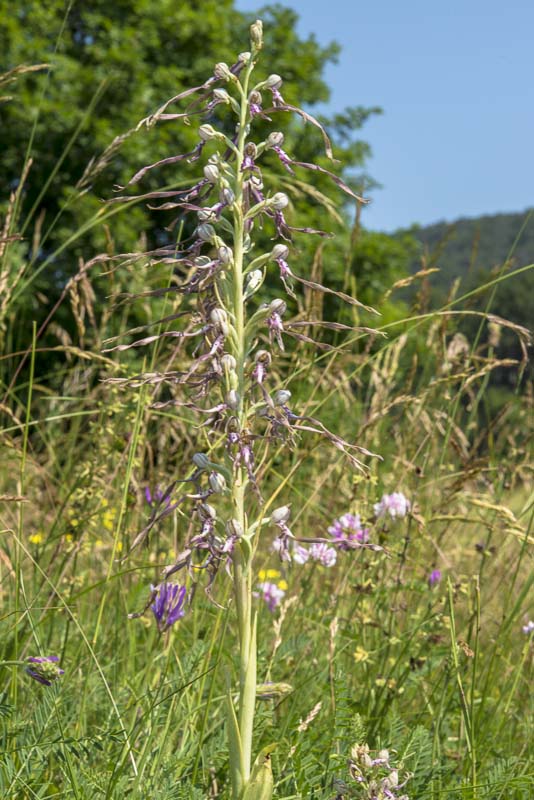
After a change to the lily grassland I have a look for Adriatic Lizard orchid (Himantoglossum adriaticum), in full flower now. This one grows inmidst the grassland, an exception, because most are growing besides or inside bushes.
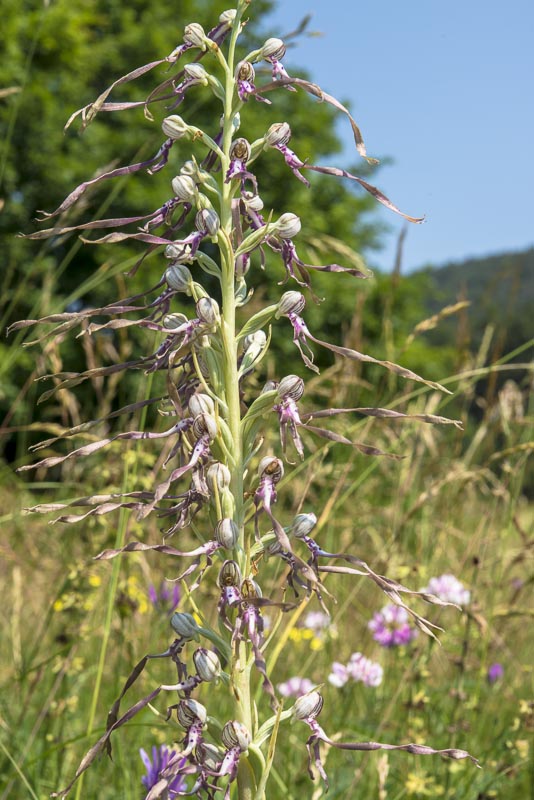
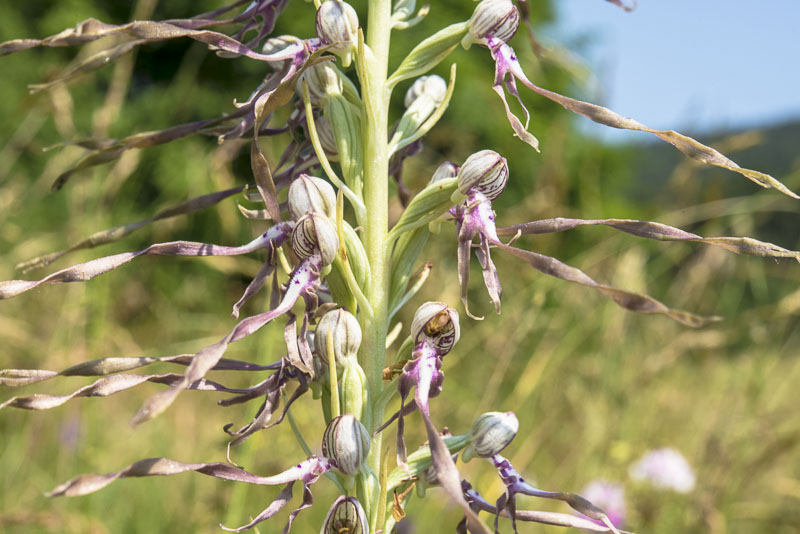
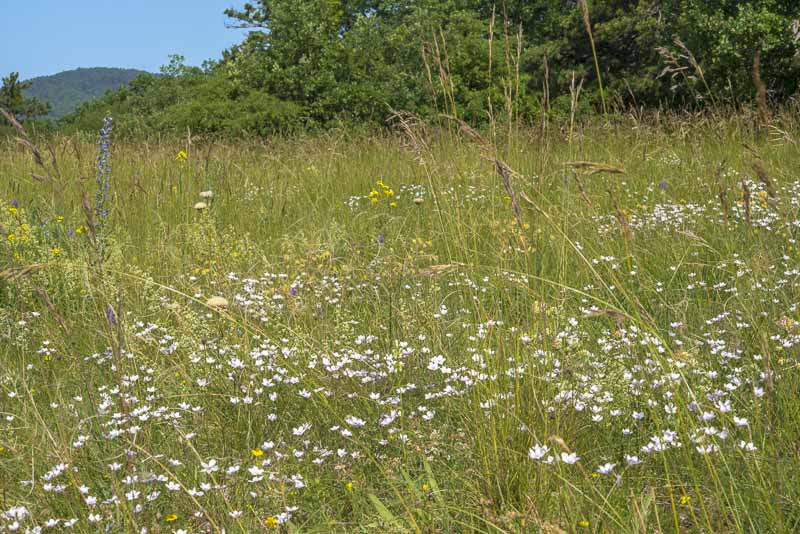
Narrow leaved flax (Linum tenuifolium) is much better now than last time.
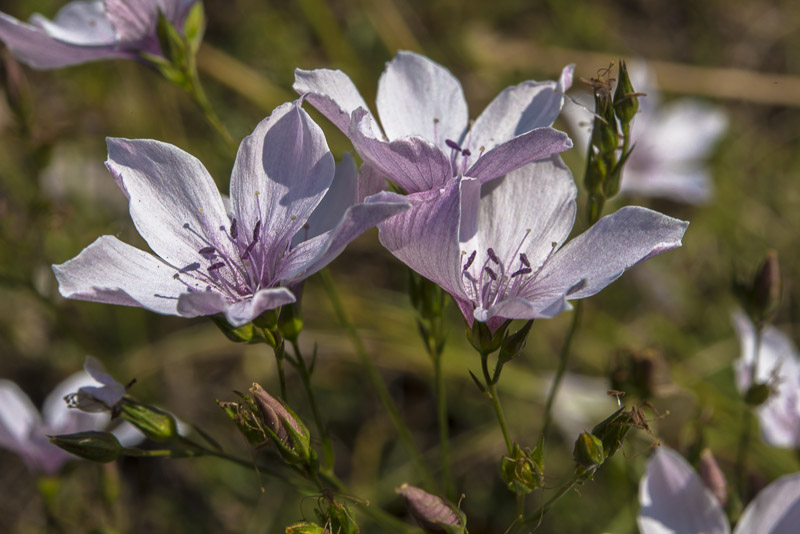
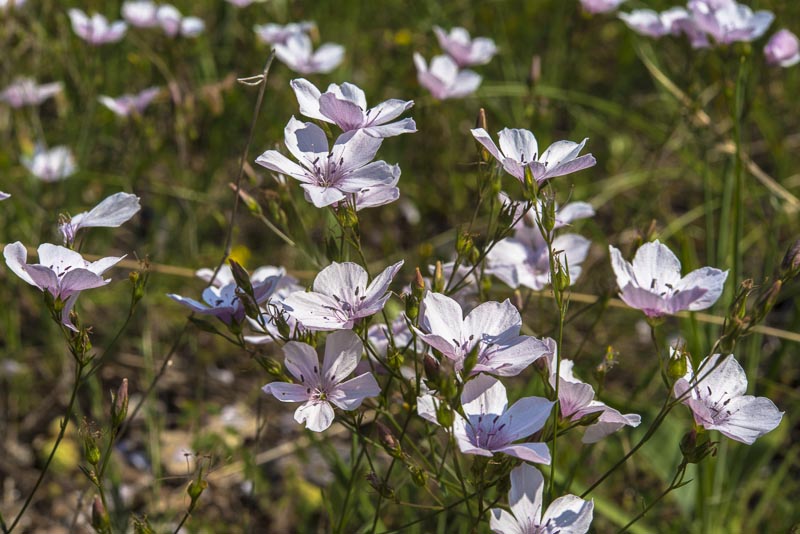
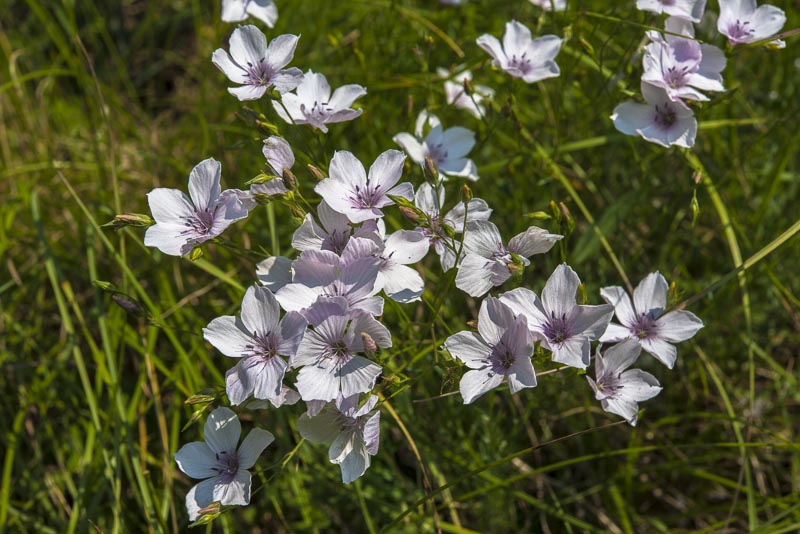
I meet a nice couple who also take pictures from the flowers. During a short chat, they tell me what they have found on their way to here:
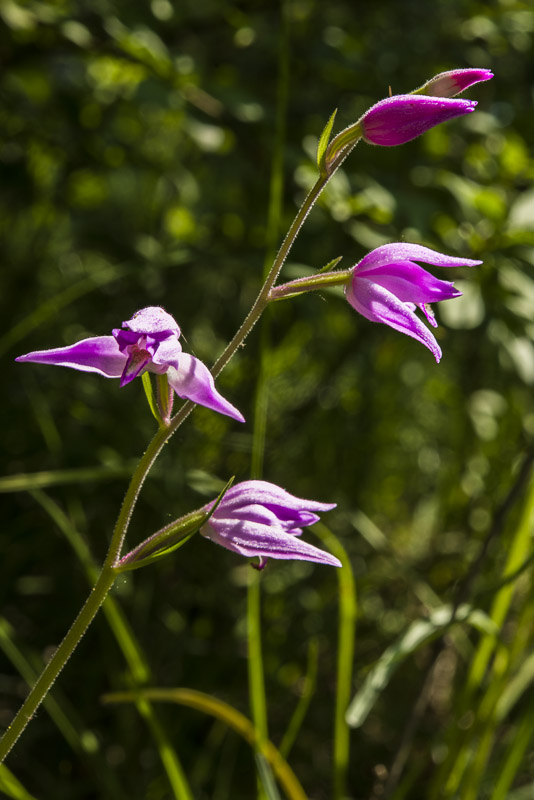
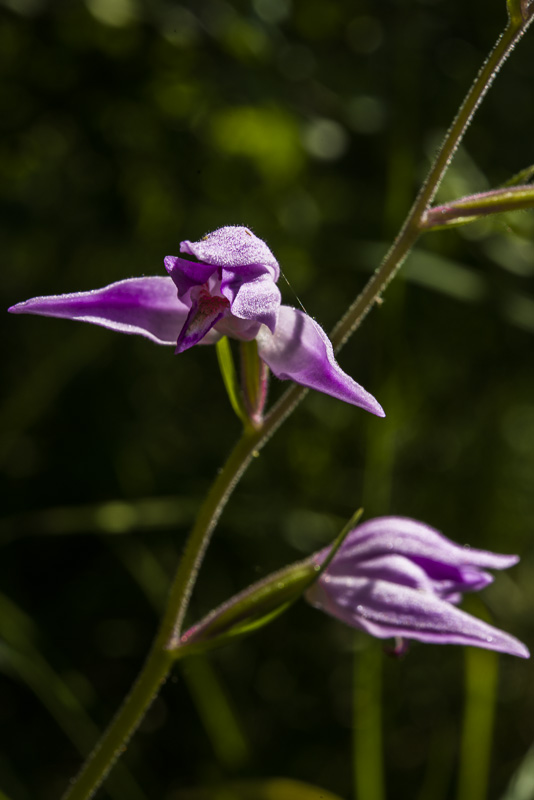
A place with red helleborines (Cephalanthera rubra). They are on their way back, so I might join them. On the right picture it becomes evident why the German name is "Rotes Waldvöglein" ("red forest birdie" in a direc t translationm)
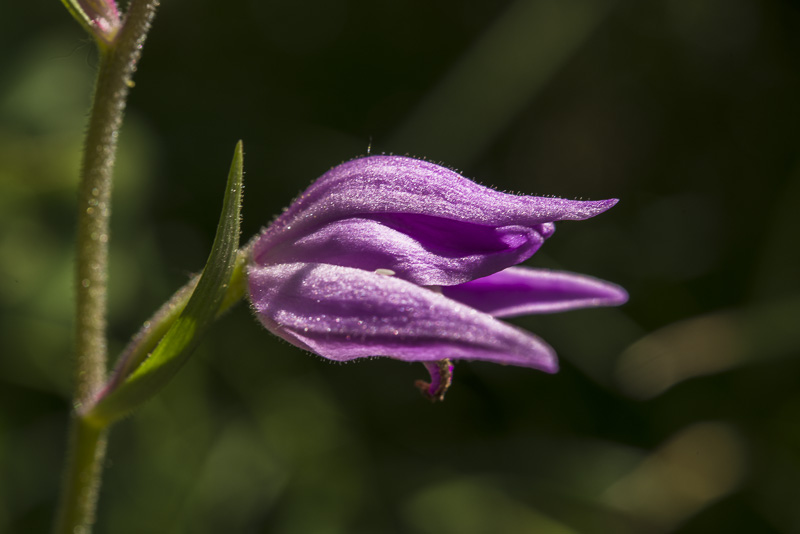
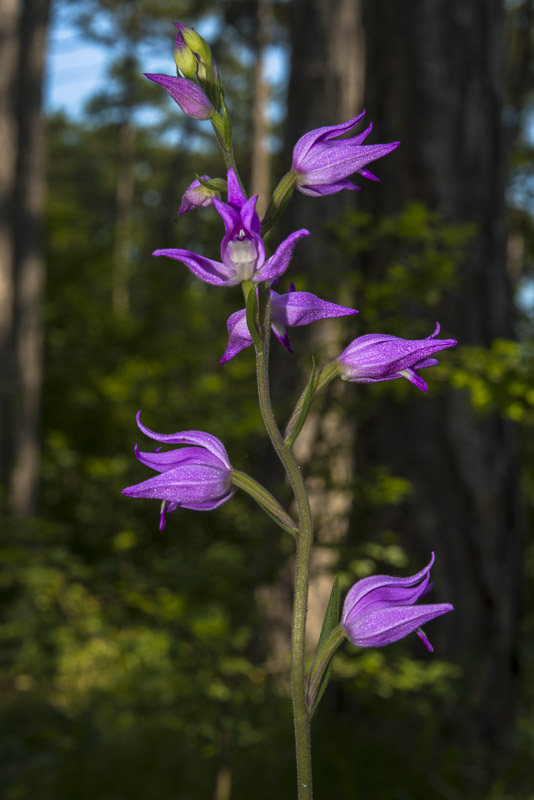
I find 7 exemplars here, among these this splendid specimen.
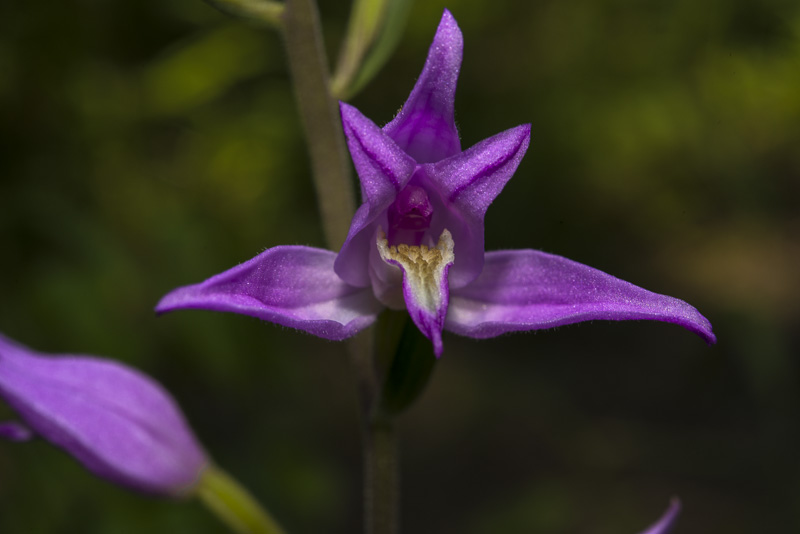
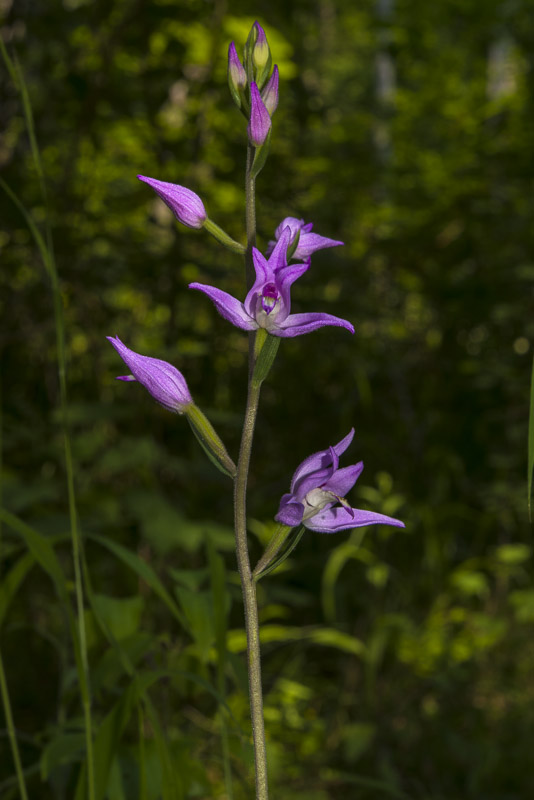
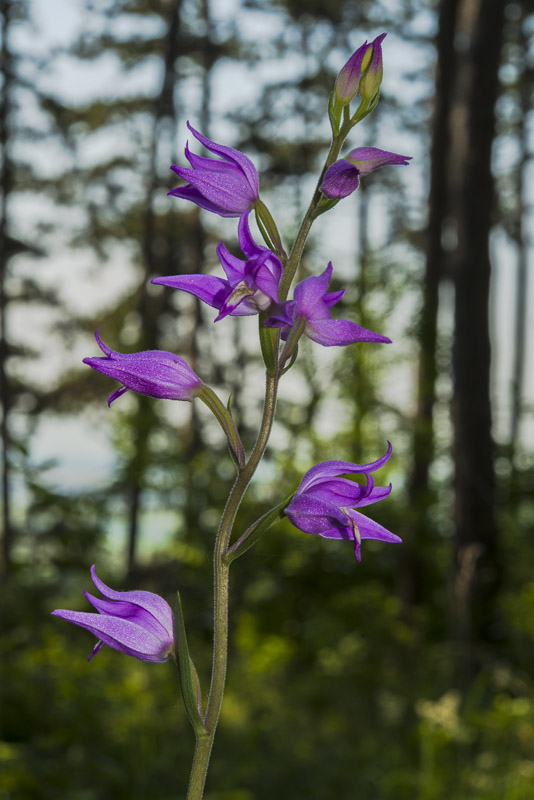
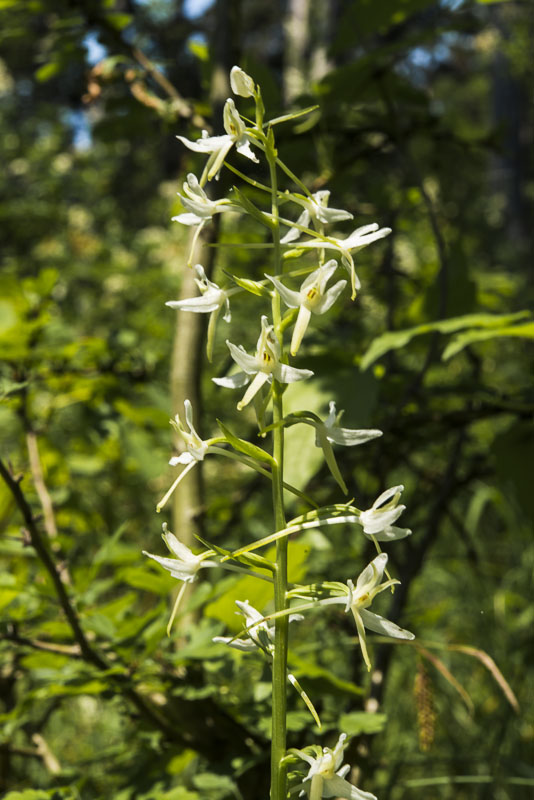
Last flowers of the Lesser Butterfly-orchid (Platanthera bifolia)
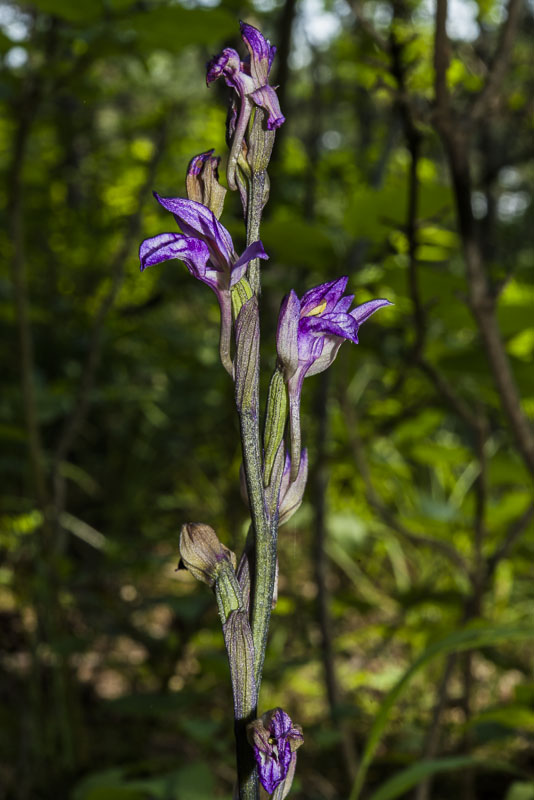
Und unweit der Eisensteinhöhle finde ich auch diesen Violet limodore (Limodorum abortivum)
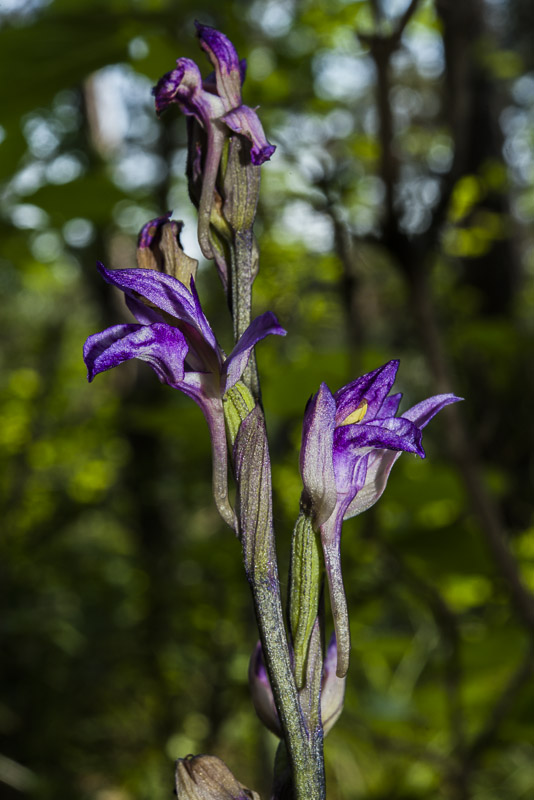
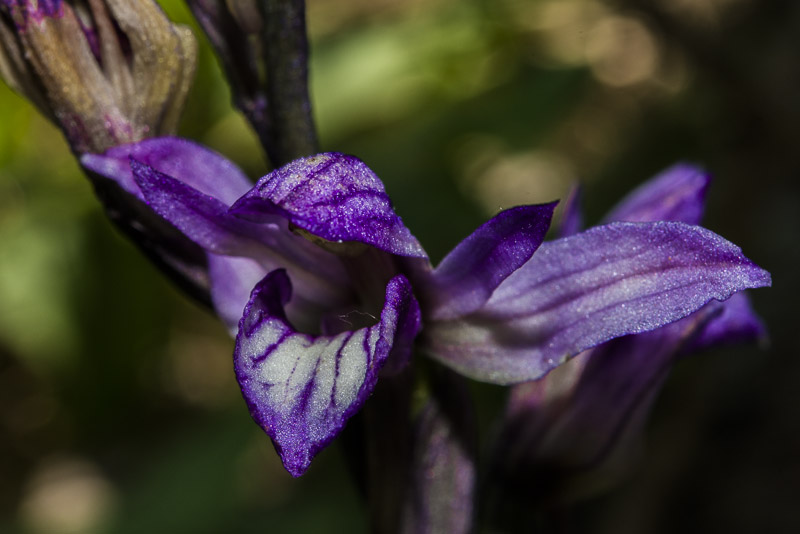
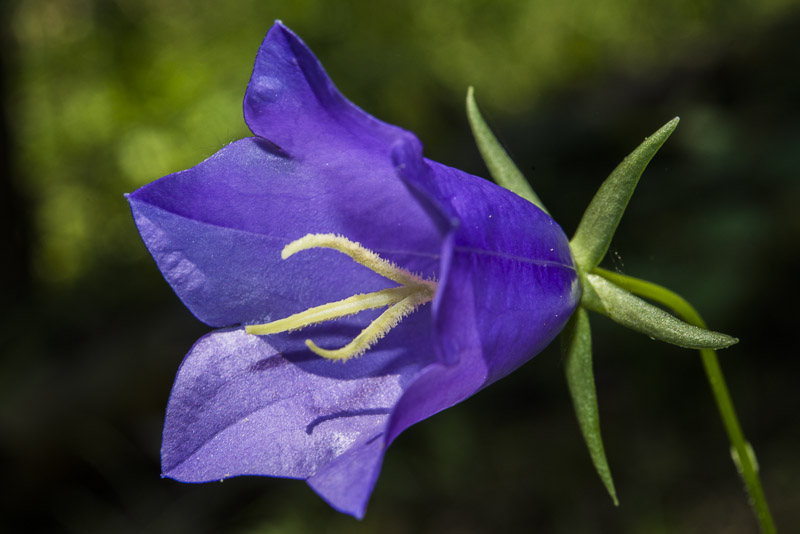
This is an interesting plant. The peach-leaved bellflower has a color clearly different from the red helleborine, however, bees don´t see the difference. Regarding the part of the optic spectre that bees can see (they don´t see red, but a bit of ultraviolet) this bellflower has the same emission spectre as the helleborine. So, bees also visit the red helleborine, which otherwise is rather unattractive for them, thus pollinating also the helleborines.
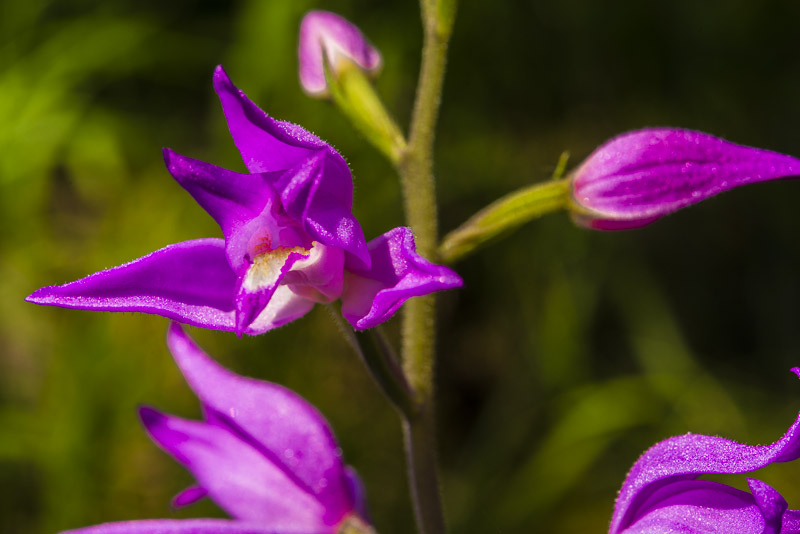
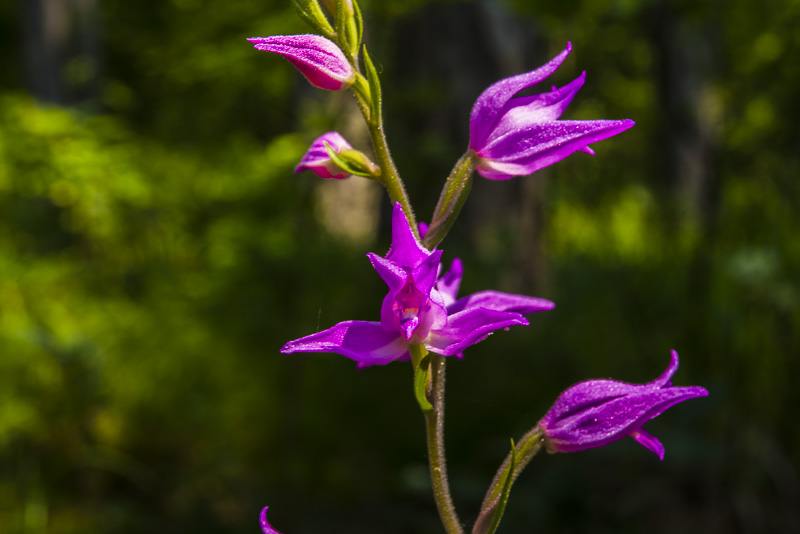
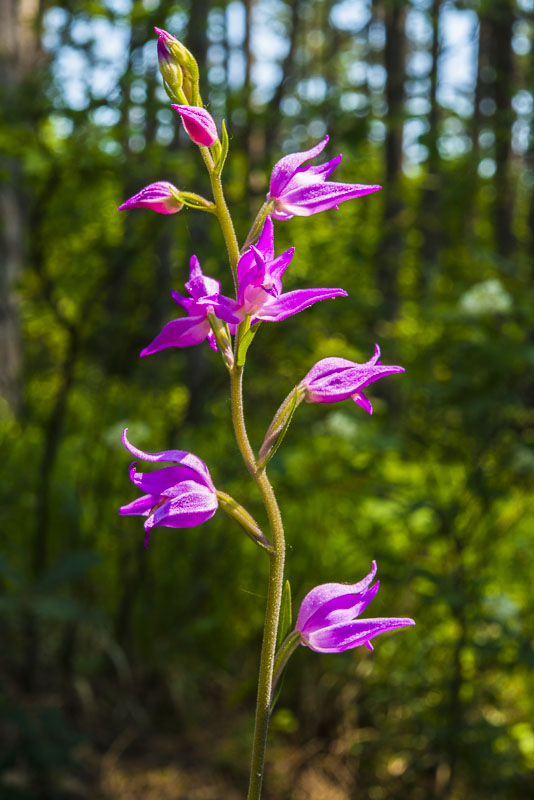 #
#
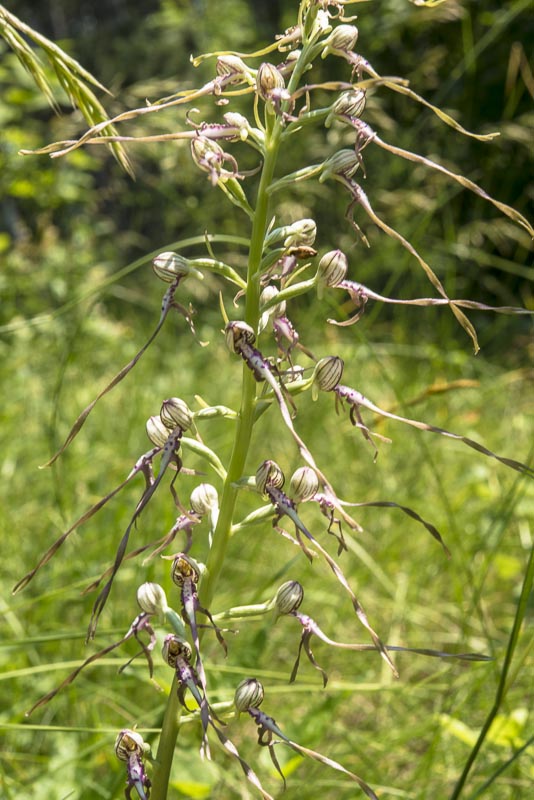
Near the helleborines inside the forest another Adriatic Lizard orchid (Himantoglossum adriaticum)
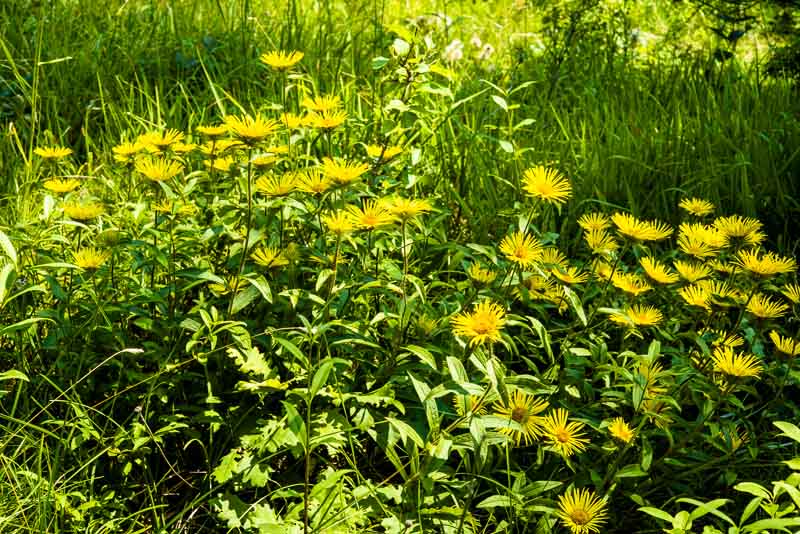
Rough leaved Alant (Inula hirta) on this clearance inmidst the forest.
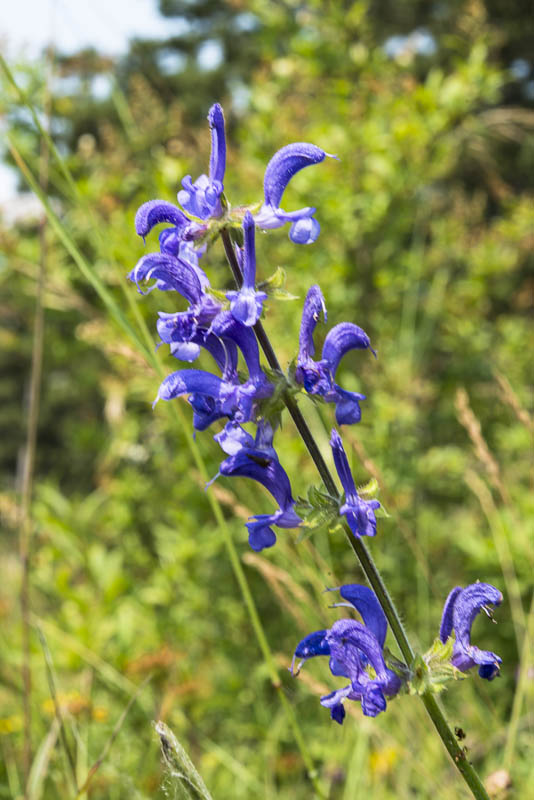
Meadow sage (Salvia pratensis)
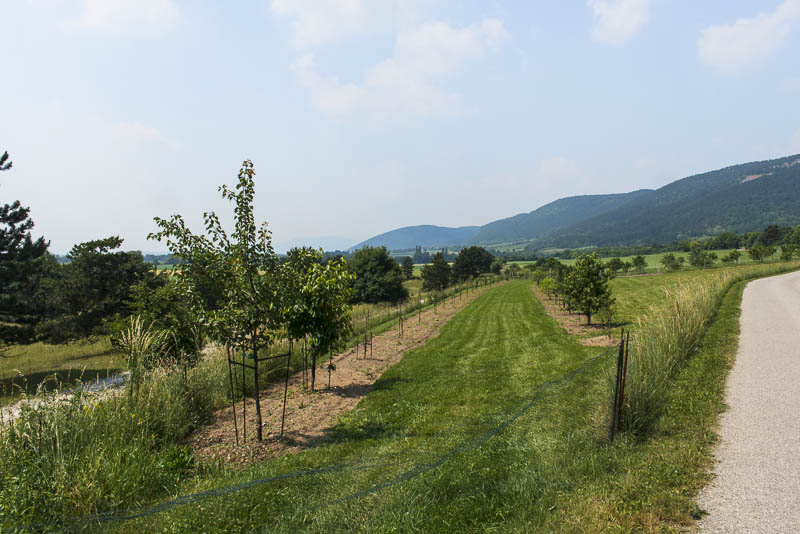
Back at the car. It is not only hot, but also rather dusyt today. On the drive back at 11:15 a.m., the temperatures display is 32,5 °C.
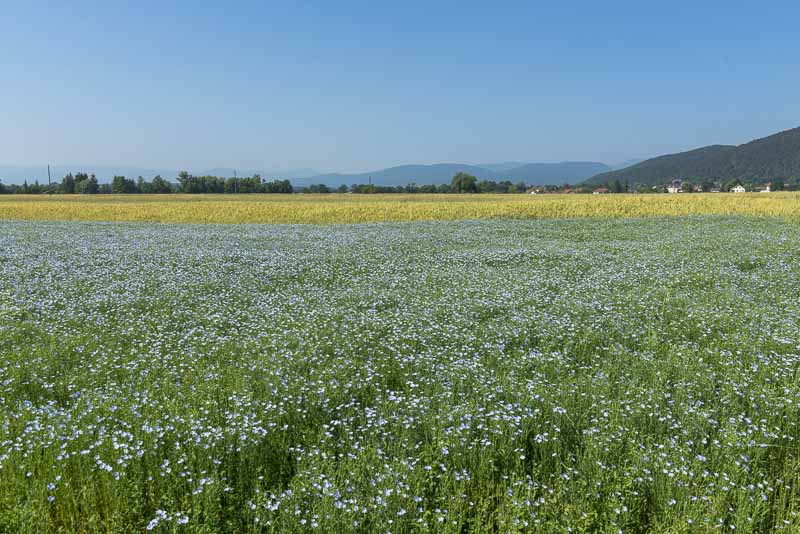
20.6.2013: a second morning visit to the flax fields near Winzendorf.
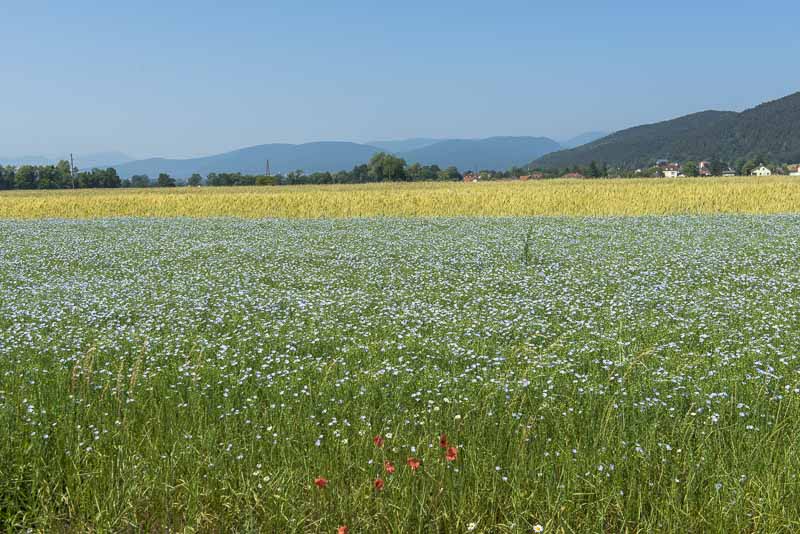
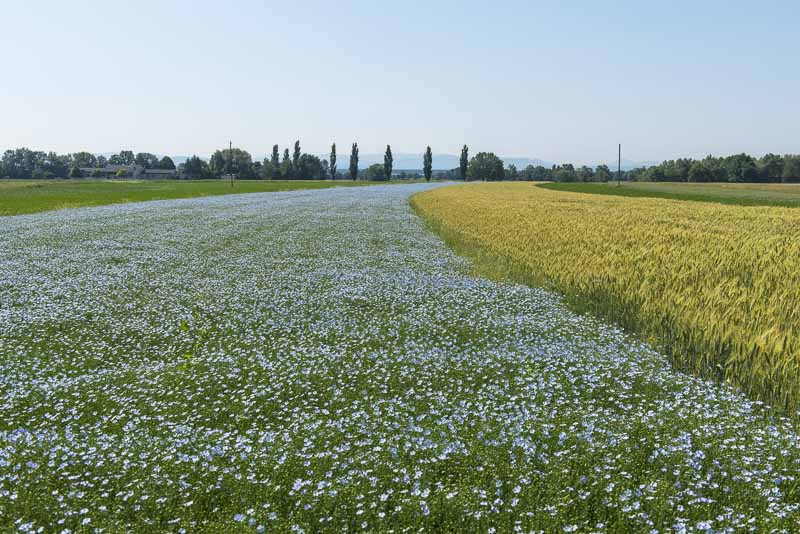
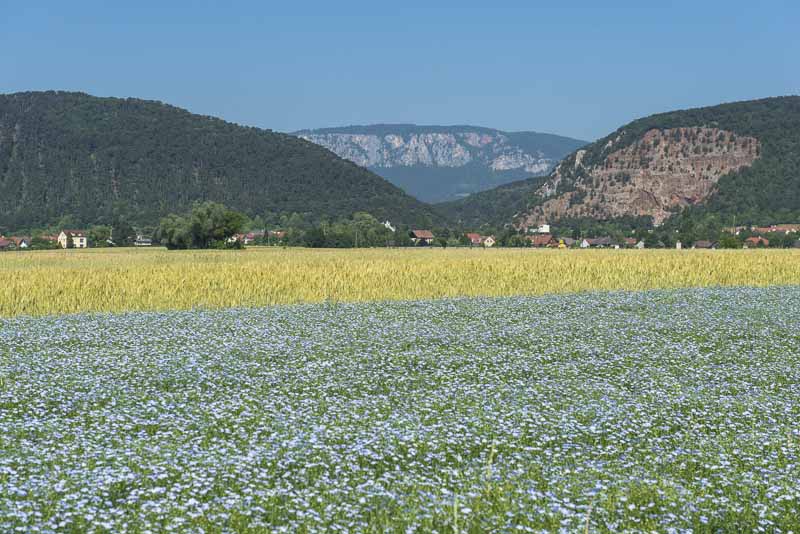
view to Winzendorf, the Prosset gorge and Hohe Wand.
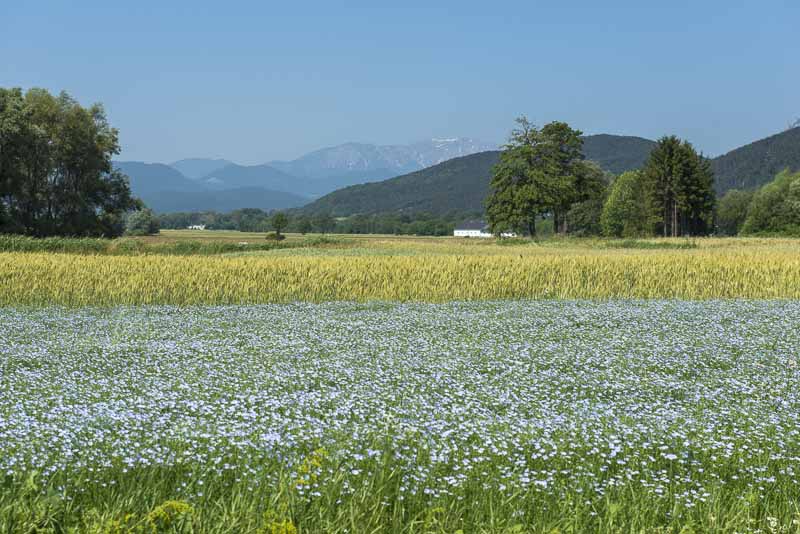
Last snow is thawing on Schneeberg under this heat.
